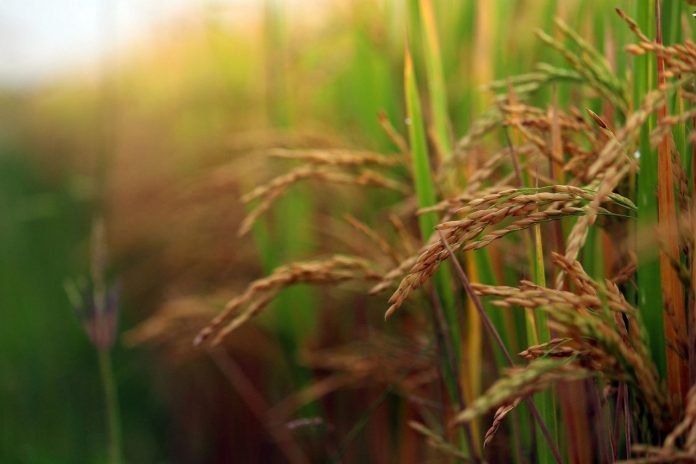‘Munusar na jete… dhanar na gote una na hete’
Rice (Oryza sativa) is a staple food of western Odisha as well as Odisha. It was domesticated from the wild grass Oryza rufipogon. As a cereal grain, it is the most widely consumed in a large part of the world especially in Asia and Africa. It is the third-highest production after sugarcane and maize in the world.
It is widely accepted that the origin of rice was first domesticated in the Yangtze River basin in China. The earliest remains of the grain in the Indian subcontinent have been found in the Indo-Gangetic Plain and date from 7000–6000 BC though the earliest widely accepted date for cultivated rice is placed at around 3000–2500 BC with findings in regions belonging to the Indus Valley Civilization.
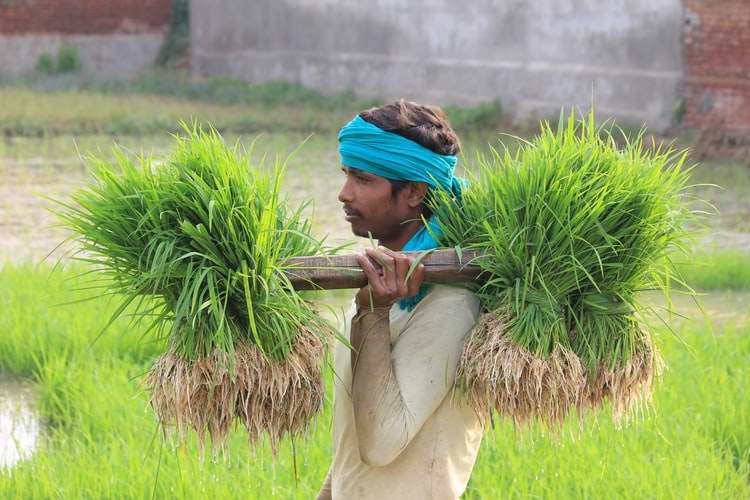
Perennial wild rice like āshu and sāli still grow in Assam and Nepal. Jeypore tract in southern Odisha has been identified as a putative secondary center of origin of cultivated rice by some scholars. The regions comprising western Odisha, Jharkhand, and Chhattisgarh are recognized as the center of origin of only aus ecotypes of rice.
It is interesting to mention here that John Crawfurd observed that, “rice is known as padi… in all languages and dialects from Madagascar to Philippines” is in his History of the Indian Archipelago (1820), and we all know about the word ‘nuākhai padi’ and as well as Laxmi as padidātri.
In Odisha along with western Odisha rice cultivation season and land type, there are three types of rice firming in Odisha like khariph or biāli (autumn rice), āman or shārad (winter rice), and rabi or dālua (summer rice). Sārad rice is categories as laghu sārad (early winter), majhi-sārad (mid-winter), and bada sārad (late winter). Porā, setkā, bāigan manji, jabākusum,kalāchampā, assāmchudi, puāgi, sapuri are khariph varieties, and mayurchuliā, sunāmudi, kamal, lāktomchi, umarichudi, etc. are rabi variety of rice.
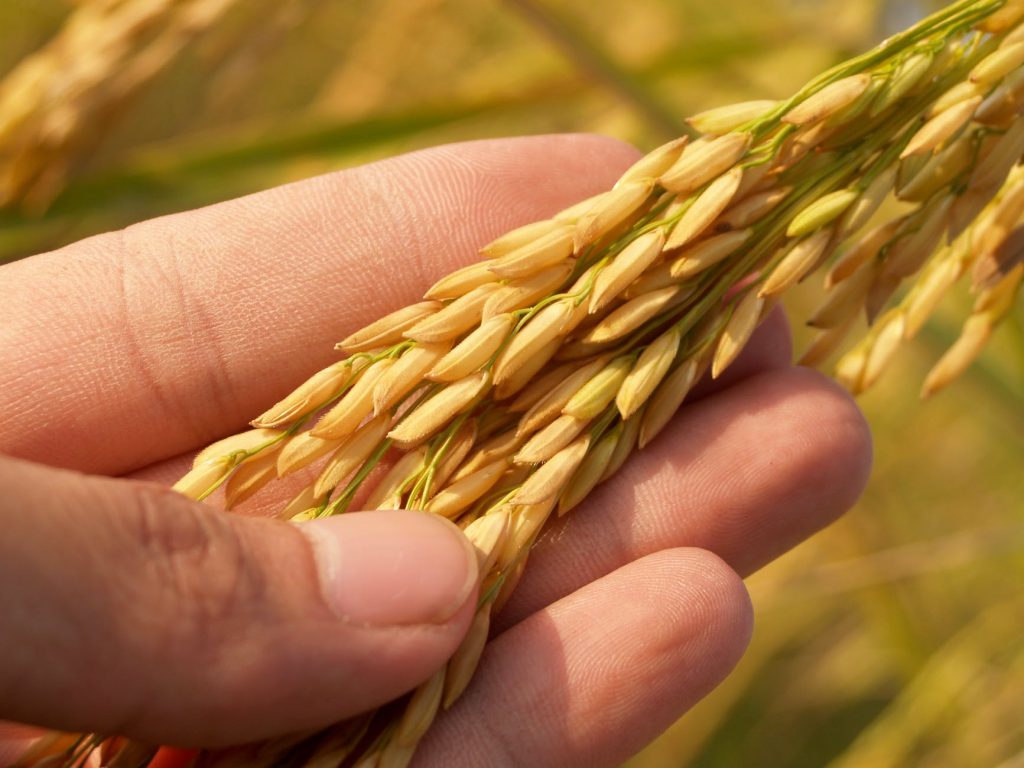
There are also numbers of traditional rice like kapurkānthi, tulsiganthi, kalājirā, bāigan manji, lālpārijāt, jabākusum, kalāchmpā, kalkati, tulsibās, pipelbās that are aromatic kinds of rice, and āsamchudi, bada chināmāl, badsābhog, bāhāl mijo, bāspatri, bāsmati, baulakerā, bhattā makadā, banko, boyaguntā, chinā, chināmāl, chinger, dengābādi, dhalākhuji, dubrāj, gangābāli, ganjeikali, gelei, gotiā, haldichudi hirākāni, jal chinger, kalāmāli, kālikhuji, kosākāni, kukdābijā, kusumā, lālu, laktimāchhi, lodāri, mahipāl, matiā or parā, sunasāri, tikichudi, sariā, umaria chudi, baelsahi, chipti, donger bāsmati, etc. non-aromatic kinds of rice.
People say, “munusar nān jete, dhāanar nān gote una hete”. F. C. King in his Bihar and Orissa Gazetteer: Sambalpur (1932) mentions that there are over 3000 varieties of seed in use, and the Inspector of Agriculture has collected 250 varieties from Attabira, Sason, and Bargarh thana only.
People of western Odisha also categories the paddy as according to its colour. Here is an interesting Bhunjia myth about rice cultivation and its colour: Bhimādeo lived in the Budhādeo’s house as an in-house son-in-law. Then Budhādeo gave Bhimādeo twelve bedā (agricultural field) and called, “Bhanjā (address term for son-in-law), cultivate the land… everyone on earth has to be fed”. Bhimādeo plowed all that land and sowed rice.
He harvested all the one day. Budhādeo asked Bhimādeo, “How much rice was there?” “It was only two-and-a-half angā” Bhimadeo replied. Budhādeo got frustrated, “What will happen to the two-and-a-half anga (a sheaf of paddies) rice, how much rice will be sown, and how much will we give and to whom?” So then he ordered to burn all the rice. Hearing this Bhimādeo feel insulted and angry and burned all the rice with straw and walked away.
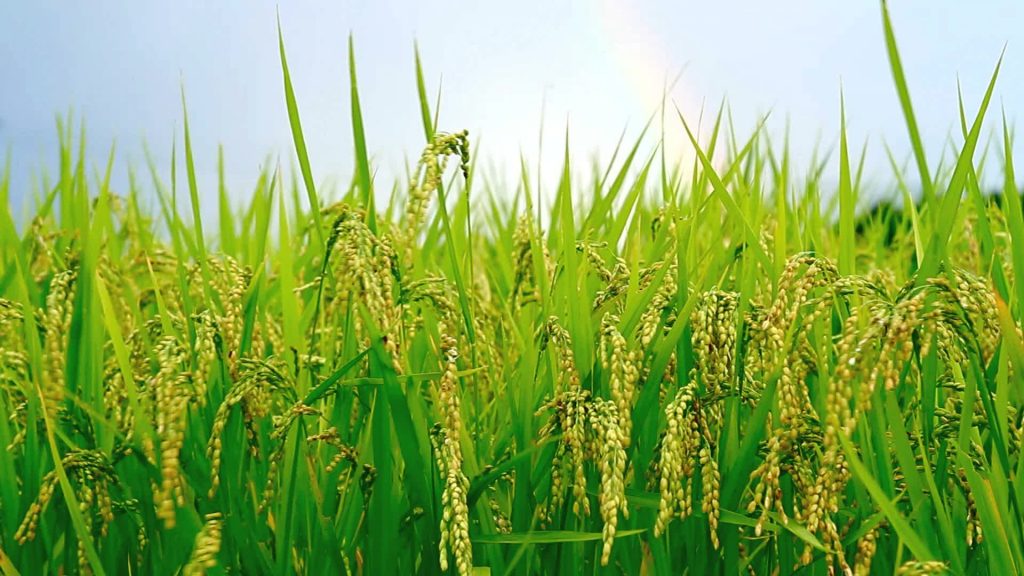
However, the rice was burnt in such a way that it started to burn for three months to three days. There was smoke all around. All the Sargapur, Maratpur, Pātālpur filled with the smoke, everyone feels breathless. In the last, all human beings and the god-goddesses came to the Budhādeo and prayed to resolve. But Budhādeo could not extinguish the fire by any means. Then he asked his daughter Kandhen to call Bhimādeo. At last, Bhimādeo came, brought water by Tumba (bottle gourd container), and extinguished the fire and everyone was relieved. Bhimādeo collected all the rice again. The rice that was completely burnt was known as black rice i.e. kālikhuji, chinger, kālkati, kalā krushna, and sul.
The rice that remained half-burnt was red rice, such as lalkain, ladei, and mijo or bāhāl mijo. The paddy that has not burnt is white rice like dugrāj, sanphari, karānti, etc. The whole rice was thirty-two bharan (one bharan is one-sixty mound, and one mound is approximately forty kilogram or ten mān. So, one can imagine what quantity may is two-and-a-half angā rice). Bhudhādeo distributed the rice and distributed it to everyone.
Some traditional and religious rituals use specific varieties of rice, it may be important to mention here that para, setka varieties of short duration is widely used in Nuākhai. In asā parab bodikaveri, ladiari, and gathia varieties of rice are customarily cooked with turmeric and vegetables, and offerings are made to one’s forefathers, cattle are also fed with special yellow rice khichdi. Osāgathiali is offered in Dusserā. Similarly umuriāchudi and machhkantā are used in pushparab.
People of western Odisha generally prefer usna (boil or steam) rice for the preparation of food daily i.e. bhat, and pej. Khiri, adsha pitha, and mada pitha are prepared from arua (raw) rice only. Arua rice is also used in all rite-rituals and the paste from it used in floor designing on all festive occasions. Mudhi (puffed rice), chuda (flattened rice), khai (puffed paddy) are prepared by frying and processing and frying both raw and boil rice and taken as food also for the ritual used.

Agricultural fields are categories as āt (uplands which are dependent for moisture on rainfall), mal (slopes terraced which catch drainages from upland. it is also dived in tikrā, and pitā mal), bernā (the land which receives the drainage from the slopes or either side and also the drainage line between them), and bāhāl (flat land at the bottom of drainage line).
Farmers of western Odisha also categorise soil as bārmatā (good quality of soil mixture of clay and sand), khaliā (black cotton soil), pandkāpitiā (dove’s back colour that contains gravel and sands), rugdi (soil contain a higher level of gravel), and bāliā or bāelsariā (soil contain a higher level of sand). The greater part of rice cultivation is sown (bunā) only a few people transplanted (ruā) as the same happens all over India.
The common way of sowing broadcast is known as kharli or khardi (dry showing just before the rains beak, batri (sowing after the rains have broken and the ground is wet), and achharā (sowing late with seed which has been previously germinated by soaking in water). There is another method of sowing seeds is mukā.
This method is the most suitable for a berna. These have been lightly plowed beforehand and when the rain comes they are flooded deeply, the plow is put through water and mud, the seed is sown and after two days the water is gently drained off.

Rice, as well as paddy, is identified as laxmi, lachhmi, lakhi mā, and bhāt parsi. Even in tribal communities there matiā, bhandargharen, gopāgosen, labosum, lambusum, dārni penu, piju penu, and hundi devi who are worshiped for the fertility of the earth, protection of seeds, and crops as well as for good production in different phases of agricultural work including clearing, and seeding ritual to post-harvesting celebrations of rice.
People of western Odisha also narrate the story of the goddess lachhmi tuning brahmaveena with wandering village to village popularly known as debguniā. They also prepare the design of god-goddesses generally lachhmi and others from paddy that worshiped in the manabasa.
Rice is synonymous with food. Often people asked, bhat khaelanā kaen (have you taken food), aran bine baran ar paban bine jiban (if you have proper food, you will have good health, and there is air (breath) so the air you are life).
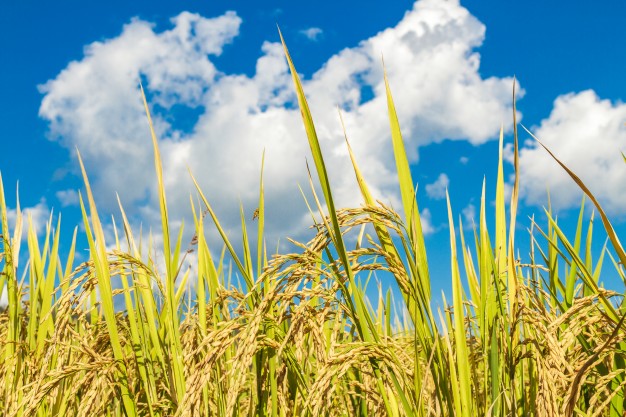
Age-old social customs and festivals in Odisha have strong relevance to different phases of rice cultivation. First of the agricultural calendar bihanchhinā is observed. It isa festival of starting seeding, observed in māetghar, or the bhātparsi gudi in any auspicious day of chaitra black moon. In the full moon of chaitra people of West Odisha observed chait parab worshiping the village goddess thākurāni or hundi devi also worship agricultural artifacts.
An important festival bālijātrā also observed in chaitrā month. It a mass-festival like nuākhāi in tribal community observed for a better life, good rain, and harvesting. Here, people observed festivals to protect crops as well as human and all domestic animals from the diseasethat known as bandāpanā or bāndnā before the full moon of āshādh. Similar observations are also known as rogibahalāni, balāni.
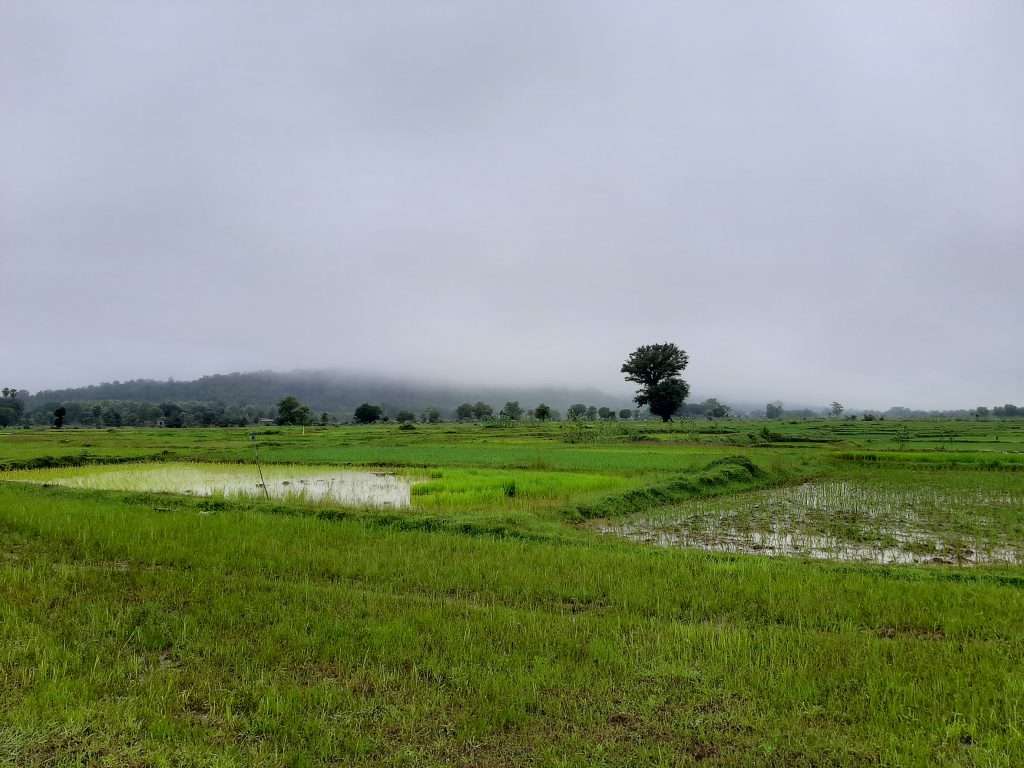
In the black moon of āsādh people observed āsārkhenā. They install mahul branch in the paddy field to protect crops from insects and disease. Celebration of taking new rice is known a nuākhāi that is well known to everyone observed in the moth of bhādrab.
The villagegoddess thākurāni or hundi devi is worshiped in the black moon of kārtik for good harvesting is known as diāli. Post harvesting celebration is observed in the full moon of paush known as push parab, pushpuni, chherchherā, or jhāti parab.
People also observed charu to appease earth-goddess scarifying animals after harvesting in the agricultural field. It is needless to mention that apart from these langaladhuā, chauldhuā, katārjārā or khalāsarāni and many other festivals also including mānabasā.
The festivals are observed with variants and versions in different tribal communities and regions according to their age-old tradition and identified differently according to their language except for manabasā.
(The views expressed are the writer’s own)
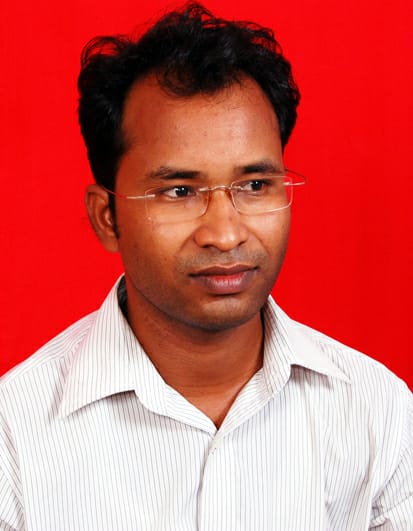
Dr.Sanjaya Kumar Bag
Koksara, Kalahandi, Ph.D. on folklore studies from the Department of Modern Indian Language and Literary Studies, the University of Delhi. Presently he teaches Odia in the Eastern Regional Language Centre, Bhubaneswar, Odisha.

